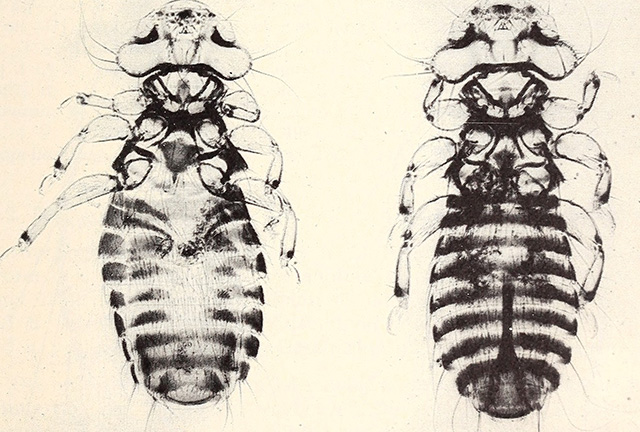The comeback of the California condor came at the cost of a less beloved creature.
A lousy extinction: How Colpocephalum californici lived among (and on) the California condors
When conservationists captured all remaining California condors in a bid to save the dwindling species in the 1980s, they deloused the birds. The intervention was ultimately a success, lifting their population from just 27 wild birds to hundreds through captive breeding. But it also killed off all members of a species of louse that lived exclusively on California condors, unwittingly causing one extinction while averting another.

Colpocephalum californici, an avian chewing louse with a bulbous head and six hooked legs, lacked the charisma of its massive, apricot-and-black colored host. But scientists believe it caused the condor no harm, simply using the bird as a home and occasional feather meal. The only ethic that makes the condor more important than a louse, the science magazine SEED noted in 2018, relies on aesthetic value. Rob Dunn, a zoologist, told the magazine that may be reason enough to engage in conservation: “But if that’s what we’re doing, we need to fess up to it.”
This article is from the California Sun, a newsletter that delivers must-read stories to your inbox each morning . Sign up here.
Get your daily dose of the Golden State.